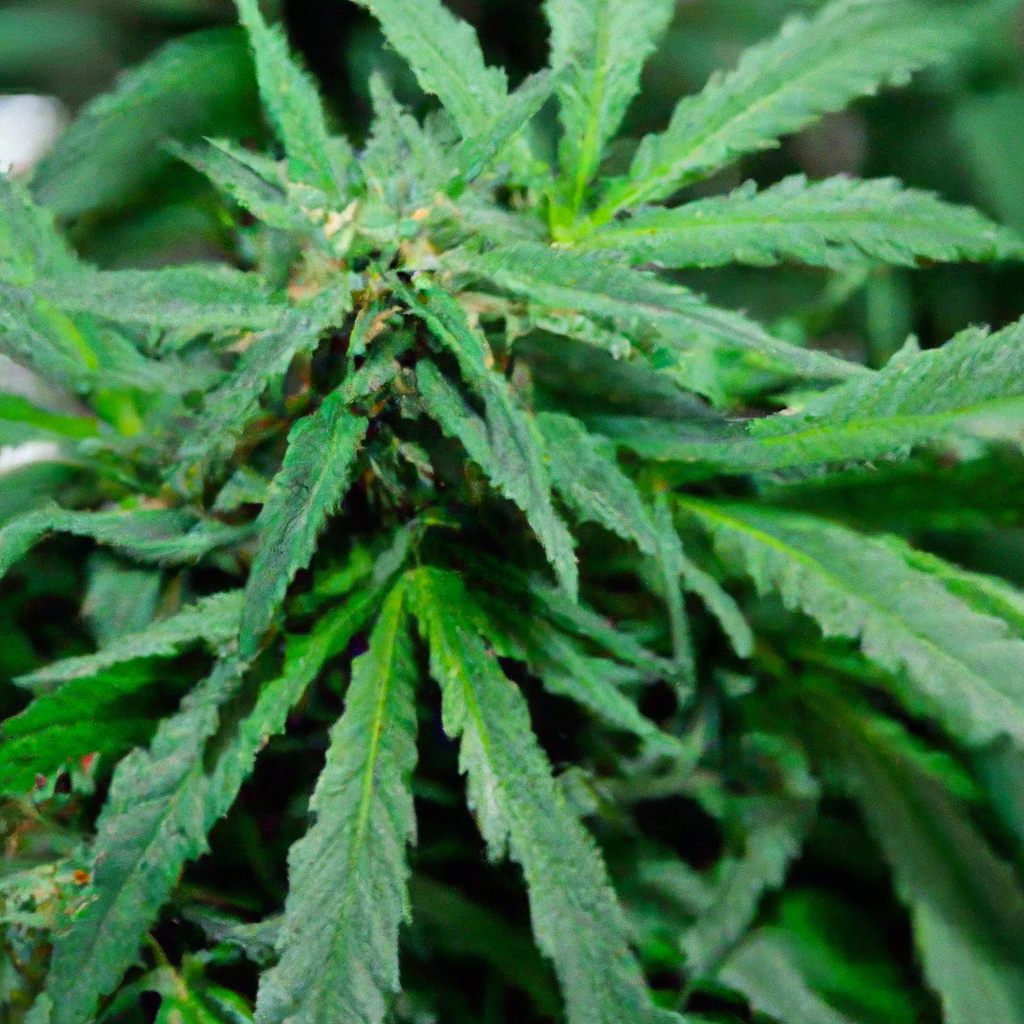Welcome to the verdant world of sustainable cannabis cultivation! If you’re eager to learn how to elevate your cannabis growing practices to new heights, this is your starting point. Join industry pioneer John “Magic” Greenleaf as he sheds light on eco-friendly techniques suited for both the new and seasoned grower! With over 30 years of high-altitude cultivation expertise, John is here to help you optimize your yield, reduce your environmental footprint, and enhance your plant’s resilience.
The Importance of Microbial Diversity
Enhancing soil microbial diversity is crucial for a sustainable cannabis ecosystem. More microbes mean more nutrient cycling and healthier plants. By encouraging beneficial bacteria and fungi through the judicious use of compost teas or living soil, you create a thriving microenvironment that supports robust growth.
- Compost Teas: Brew rich compost teas to introduce beneficial microbes into your soil.
- Living Soil: Employ living soil techniques to naturally maintain nutrient availability and balance.
Efficiency with Minimal Impact: Closed-loop Systems
John believes in cultivating within the framework of a closed-loop system, where inputs and outputs are recycled to minimize waste and maximize efficiency. This approach is essential for reducing the carbon footprint of your grow ops.
How-to Guide: Setting Up a Closed-loop System
- Water Recapture: Install systems to capture and reuse water runoff.
- Waste Composting: Convert plant waste into soil amendments.
- Energy Efficiency: Implement LED lighting and solar energy to reduce power consumption.
Adapting to the Climate: Eco-Friendly Structures
To handle the variable climate challenges of high-altitude environments, consider using eco-friendly greenhouse designs that maximize thermal insulation. Structures built with sustainable materials and designs can significantly reduce energy needs while maintaining optimal growing conditions.
FAQs: Eco-Friendly Greenhouse Design
Q: What materials are best for eco-friendly greenhouses?
A: Use recycled steel, thermally efficient glass, and sustainable wood for robust, insulated designs.
Q: How do I manage temperature without additional energy?
A: Implement passive solar designs that utilize strategic ductwork and backup thermal mass storage.
Conclusion
Incorporating sustainable practices in cannabis growing not only contributes to a healthier planet but also creates more potent and resilient plants. Whether it be through enhancing soil microbial diversity, adopting closed-loop systems, or fine-tuning eco-friendly structures, sustainability starts with conscious choices. As John Greenleaf says, “Healthy roots, healthy buds, happy harvests.” Let sustainability guide and inspire your next growing cycle.
Tags: Sustainability, Sustainable Cultivation, High-Yield Optimization, Environmental Control


Leave a Reply